davisr
Member III
I recently pulled what appear to be the original bronze through-hulls for the head and galley in my E25. Given their pinkish appearance, I know I must replace these 35 year old pieces of hardware. I've read many of the debates on this forum (and on others) about the advantages and disadvantages of using either bronze or marelon through-hulls and seacocks. I'm opting for bronze, since my boat is moored to a trailer and thus does not sit in an electrically "hot" marina.
The original through-hulls are flush-mounted 1 1/4 (waste outlet), 1/2 (inlet for toilet), and 3/4 (galley drain). New, bronze flush-mounted through-hulls are not as prevalent as the mushroom-headed variety, so it's hard to shop around for a good fit.
Groco appears to provide the best match for replacements. The 1 1/4 inch Groco is almost an exact match, so I'm not worried about that one.
What I am worried about, however, is the other two sizes - the 1/2 and 3/4. The original flanges on these through-hulls are 2 7/16 inches in diameter, but the Groco replacement flanges are only 2 inches. I guess I should consider myself fortuntate the the heads of these flush-mounted replacements are somewhat smaller than the chamfered hole in the hull into which they fit. Is there a techinque, using epoxy or something of this sort, by which I can fill in the gaps around these new through-hulls in advance of installing them so that they will fit snugly in their new homes when the time comes to bed them?
Thanks for any suggestions,
Roscoe
P.S. I should note that I will be upgrading from a 1/2 inch water intake to a 3/4 inch. This upgrade will not require me to increase the size of the exisiting chamfered hole.
The original through-hulls are flush-mounted 1 1/4 (waste outlet), 1/2 (inlet for toilet), and 3/4 (galley drain). New, bronze flush-mounted through-hulls are not as prevalent as the mushroom-headed variety, so it's hard to shop around for a good fit.
Groco appears to provide the best match for replacements. The 1 1/4 inch Groco is almost an exact match, so I'm not worried about that one.
What I am worried about, however, is the other two sizes - the 1/2 and 3/4. The original flanges on these through-hulls are 2 7/16 inches in diameter, but the Groco replacement flanges are only 2 inches. I guess I should consider myself fortuntate the the heads of these flush-mounted replacements are somewhat smaller than the chamfered hole in the hull into which they fit. Is there a techinque, using epoxy or something of this sort, by which I can fill in the gaps around these new through-hulls in advance of installing them so that they will fit snugly in their new homes when the time comes to bed them?
Thanks for any suggestions,
Roscoe
P.S. I should note that I will be upgrading from a 1/2 inch water intake to a 3/4 inch. This upgrade will not require me to increase the size of the exisiting chamfered hole.

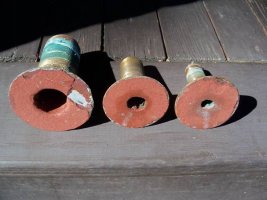
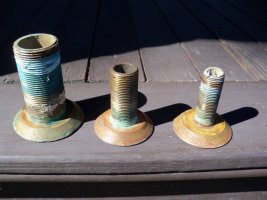
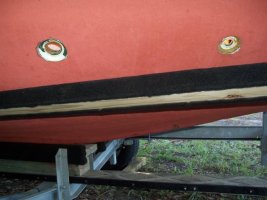

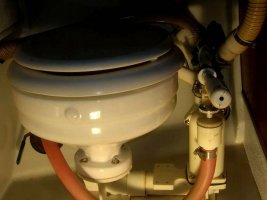
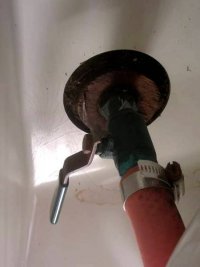
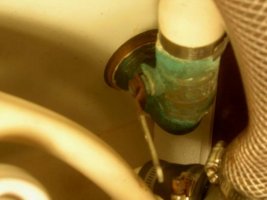
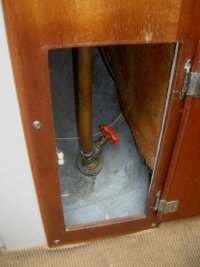
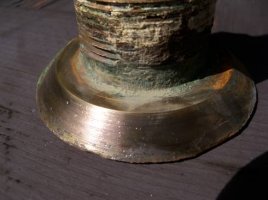
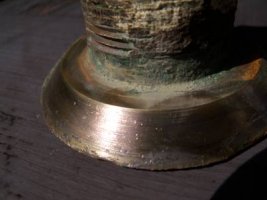
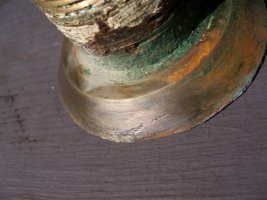
![GROFTH1250-lrg[1].jpg](/ie/data/attachments/6/6491-c54042d1f51822049dc35de9dda29348.jpg)